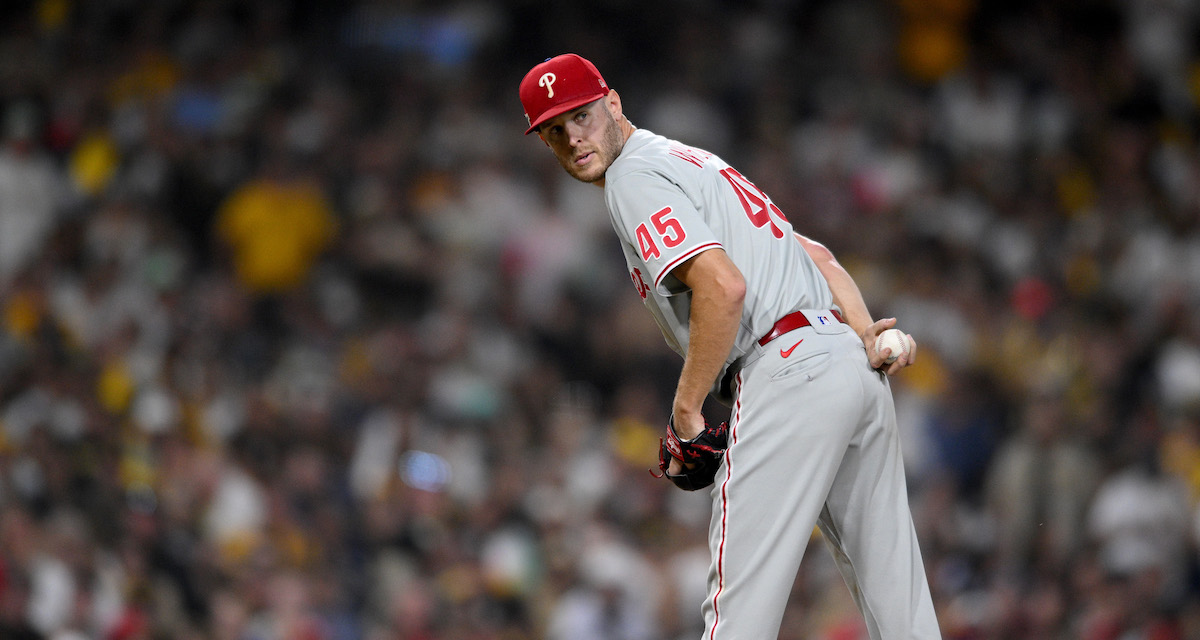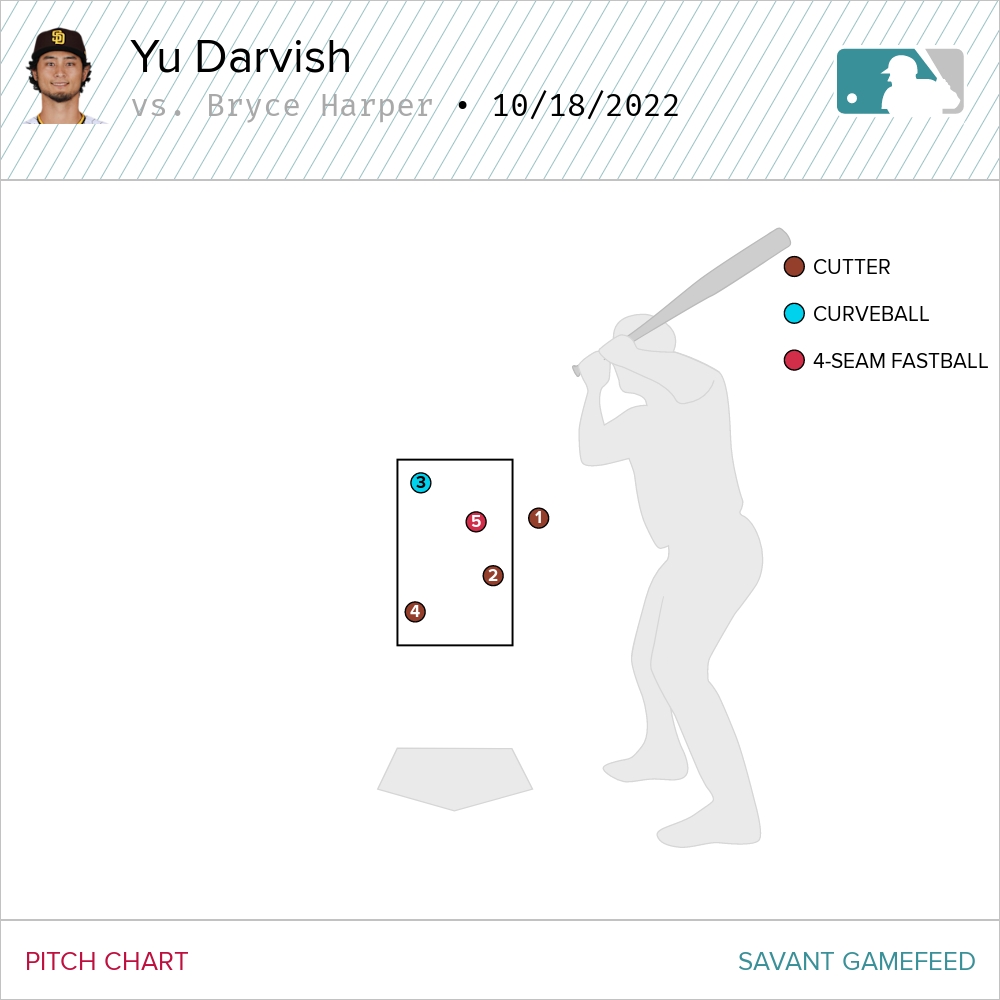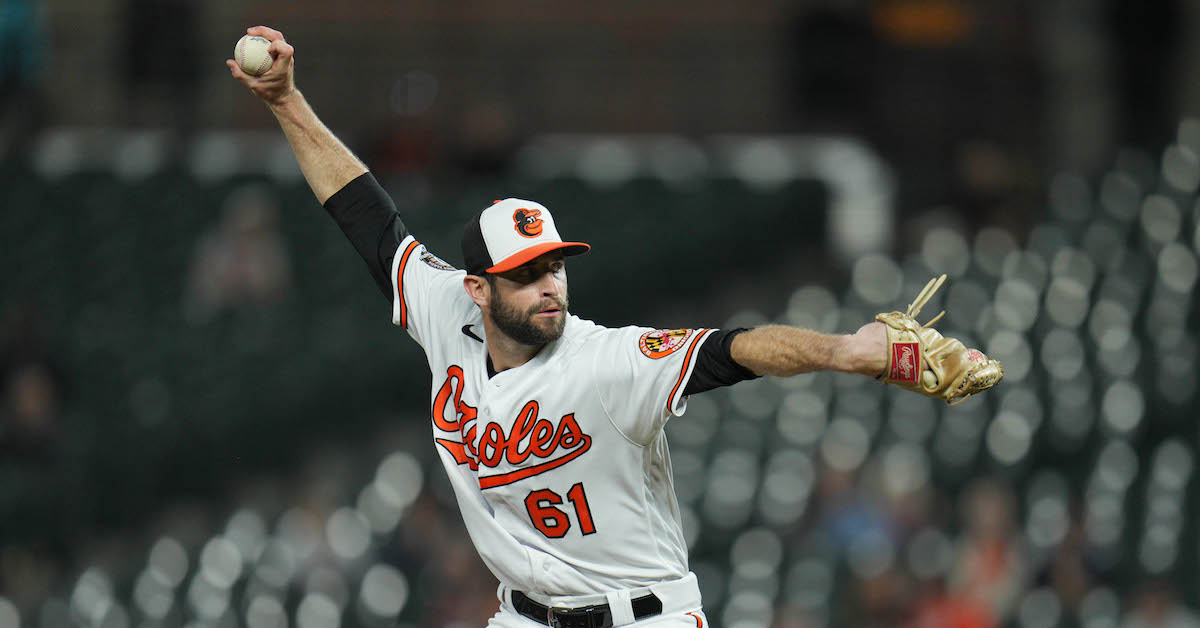Developer Trainee, Baseball Systems
Location: Atlanta, GA
Status: Part time
Description:
The Atlanta Braves are looking to fill the position of Baseball Systems Developer Trainee. The Baseball Systems Developer Trainee position emphasizes software and web development as it relates to the Baseball Operations department. The Developer’s main responsibilities will be to build and enhance proprietary applications for displaying baseball information and visualizations, maintaining existing information management systems, and developing additional productivity tools to aid in Baseball Operations decision making. Candidates must have experience with application and/or web development, with interest in baseball and sports analytics research as a strong plus. The position will report to Assistant General Manager, Research and Development.
Responsibilities:
- Assist in developing and maintaining proprietary software used within the Baseball Operations department.
- Work with department stakeholders to develop, deploy and test applications within IT best practice parameters.
- Build relationships, communicate effectively, and gather feedback from Baseball Operations staff to build new platforms and improve existing systems.
- Perform other duties as assigned.
Required Qualifications:
- Past or expected BA or BS in Computer Science, Computer Engineering, or related technical field of study or equivalent work experience.
- Software development experience in one or more programming languages: Java, .NET, Python, JavaScript, C#, C/C++.
- Experience with database technologies and SQL. Microsoft SQL Server experience is a plus.
- Familiarity with using version control such as git.
- Ability to learn new technologies, including new coding languages.
- Strong work ethic, initiative, and the ability to solve technical problems.
- Ability to work flexible hours, including some nights and weekends as dictated by the Major League season.
- Must complete a successful background check.
Preferred Qualifications:
- Knowledge of current baseball statistics and analytics used in player evaluation a plus
- Experience with data visualization a plus.
- Solid fundamentals with HTML/CSS.
- Web development experience, especially with JavaScript (Node.js, Vue.js, React), or Python (Flask)
- Experience with big data techniques
- Exposure to Agile software development methodology. Kanban or Scrumban experience a plus.
- Familiarity with cloud developer tools
- iOS and/or Android app development
- Demonstrated software development work product.
To Apply:
To apply, please follow this link.
Trainee, Research & Development
Location: Atlanta, GA
Status: Part time
Description:
The R&D Analyst Trainee position will assist Baseball Operations decision-making through the analysis and research of baseball information. The day-to-day responsibilities of this position will revolve around using data analysis to provide insight into player evaluation, performance projection, roster construction, and all other facets of baseball operations decision making, with an emphasis on different areas of baseball operations depending on the baseball calendar and needs of the department. Ideal candidates will have a strong, demonstrated ability to answer wide-ranging research questions using data-driven methods. The position will report to Assistant General Manager, Research and Development.
Note: Applicants for full-time, full-season trainee, and summer intern (May-August) will be considered.
Responsibilities:
- Perform advanced statistical analysis on large datasets in order to assist in the decision making of the Baseball Operations department
- Develop and maintain models, software, reports, or any other information system developed during research
- Perform ad-hoc research projects as requested and present results in a concise manner
Required Qualifications:
- Strong foundation in the application of statistical concepts to baseball data, including familiarity with current state of baseball research
- Experience with (or clear ability to learn) SQL and relational databases
- Experience with statistical modeling software (Python or R preferred) and advanced statistical and machine learning techniques
- Ability to communicate technical findings to individuals with diverse baseball backgrounds (ability to create effective data visualizations is a plus)
- Ability to work flexible hours, including some nights and weekends as dictated by the Major League season
- Must complete a successful background check
Preferred Qualifications:
- Demonstrated statistical research in the sports analytics field
- Web development experience, especially with JavaScript (Node.js, Vue.js), or Python (Flask)
- Ability to and desire to learn other programming languages as needed
- Familiarity with big data techniques
- Exposure to cloud-based technology
To Apply:
To apply, please follow this link.
The Diamond Fellowship
Location: Atlanta, GA
Job Description:
An Atlanta Braves baseball operations fellowship set to provide around-the-horn opportunities in administration, operations, player development and scouting.
Position description includes but is not limited to:
- Support the Director, Baseball Administration with necessary tasks throughout the year including, but not limited to:
- Execution of contracts & compliance requests
- Familiarity with the major League roster and associated transactions
- Administration and logistics of the Baseball Operations Department
- Organize and maintain the player boards for the general manager and assistant general manager
- Provide written and verbal assessments on major and minor league players
- Potential exposure to the entirety of Baseball Operations including Amateur Scouting, Player Development, Major League Operations & Administration
- Assigned projects and research
- Program set to launch in January and will include minimal travel (i.e., Spring Training)
General Requirements:
- Knowledgeable in Microsoft Office and Basic coding knowledge in SQL or Python
- Must be detail oriented with excellent verbal and written communication experience
- Foundation in the application of statistical concepts to baseball data and the translation of data into actionable baseball recommendations
- Demonstrated track record in role as a self-starter
- Experience producing a reliable work product under adverse circumstances
- An effective listener-knowledge of how to discern the information needs of Baseball Operations
- Experience working with people of a wide variety of backgrounds and beliefs
- Be able to work extensive hours as dictated by the major league season schedule (including weekends and holidays throughout the season)
- Must be able to work in a team atmosphere and handle multiple projects at one time
- Bachelor’s degree in related field preferred
- Must complete a background check
Preferred qualifications:
- Additional programming experience with at least one scripting language is a plus
- Experience operating video technology
The Atlanta Braves organization is an equal opportunity employer.
- Like many companies, we realize that some members of historically underrepresented groups, for example women, may not have had the same opportunities as others in baseball operations supporting professional baseball organizations. We are seeking to utilize programs such as The Diamond as a way to increase diversity in our recruitment pipeline. While The Diamond can be sought by anyone who meets the qualifications of the programs, we especially encourage applications from members of historically underrepresented communities, including but not limited to women, Black or African American people, American Indians/Alaskan Natives, Hispanics (or Latinos), Native Hawaiians and other Pacific Islanders.
- Applicants who identify with a historically underrepresented group, including but not limited to Black/African American, Hispanic/Latinx, Indigenous/Native American, Persons of Color, or Women, are encouraged to apply.
To Apply:
Interested applicants should send their resumes to:TheDiamond@braves.com
The content in this posting was created and provided solely by the Atlanta Braves.









